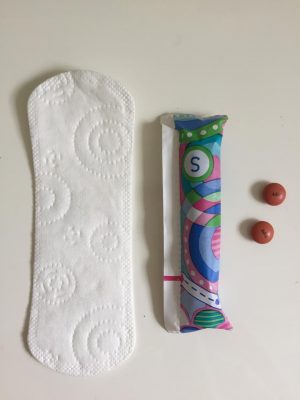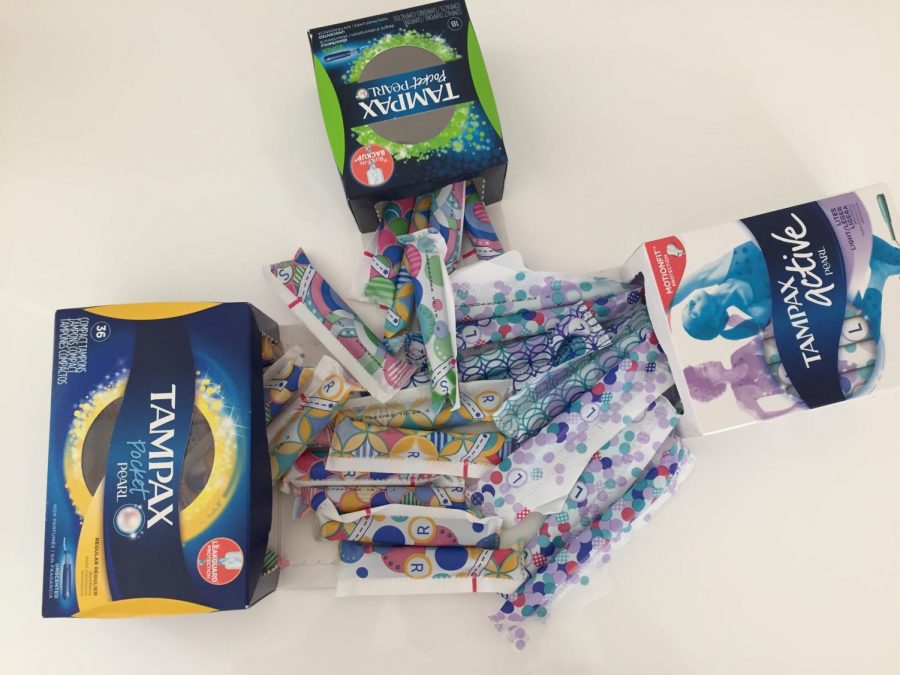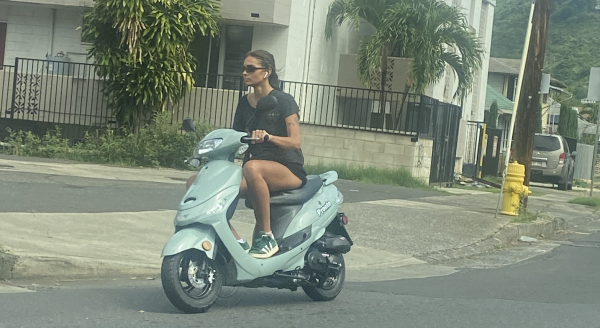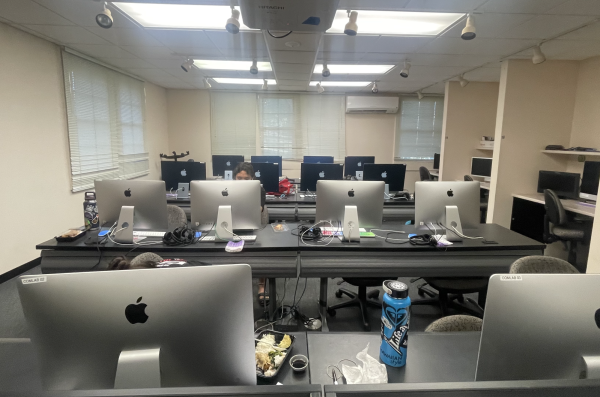Don’t Make Money Off My Period
Girls have a collection of all different types of Tampons.
When I started buying tampons and pads with my own money a year ago, I experienced the dent it could make in my wallet. It made me more aware of how much money women pay for these monthly necessities.
In a year I spend about $300 on tampons and liners (before taxes).
That’s $300 I could have used to purchase 30 poke bowls. That’s an entire month’s worth of lunches.
It’s expensive to be a woman. We are forced to purchase these feminine products, an extra necessity, to function for a week every month, and yet the government does not subsidize these necessary products. Women should not need to pay a significant amount of money on an item exclusive to just women.
In no way is having a period luxury, but menstrual products are labeled as “non-essential luxury” items and not exempt from sales tax like food, medicine, and prescription drugs are.
That is a hefty purchase in addition to other monthly necessities like food, water, bills, and other sanitary necessities.
A box of tampons is $6.97 (Tampax Pearl regular unscented 36-count box) and can go up to $15.27 (Tampax Pearl regular unscented 96-count box). That can run the tab up to nearly $50 to buy three boxes of different absorbances.
One could suggest buying the cheaper box of tampons. Well, buddy, not all tampons are made equally. Women usually stick to the brand they trust to avoid bleed through our panties, which is another hassle in our day.
Young girls who do not have access to menstrual products lose time in school due to the uncomfortable feeling of bleeding through their underwear and the embarrassment from classmates, when they can be gaining valuable knowledge.
Even women in prison have a hard time dealing with their periods.
Chandra Bozelko, who spent six years at York Correctional Institution in Connecticut, said in an interview with The Guardian in 2015 that inmates make 75 cents from a day’s of work, but because of this, they cannot afford to buy pads that cost $2.63 because they have to spend it deodorant ($1.93), toothpaste ($1.50) or food.
On top of having to budget money on feminine hygiene products, the gender wage gap has women being paid less than men, making it more of a struggle for women. According to the Nationalpartnership.org, women in the United States get paid 80 cents for every dollar paid to men, with the average annual gender wage gap adding up to $10,086 annually.
It is astounding how much private feminine hygiene companies make off of women’s periods.

The basic essentials every girl needs on her period week.
According to Global Industry Analysts, it is projected that feminine hygiene products represent a $5.9 billion industry in the U.S. and is projected to be a $40 billion industry in the next three years.
The government could give tax refunds to help subsidize the purchases made. Lower prices or provide a certain amount of tampons and pads to inmates. Lastly, improve regulations on feminine products accessibility in public and private bathrooms.
Schools should also take it under their responsibility to ensure that bathroom feminine hygiene dispensers are regularly stocked.
But anything that can help women budget better on these monthly expenses could benefit women of all backgrounds.
“If we can’t make them free we should at least make them more affordable,” California Assemblywoman Cristina Garcia told Newsweek in an interview in 2016.
In this crazy world of periods, it is nice to know that when you are hit unexpectedly with your period or cramps, women without hesitation will offer you a tampon or an Advil, that’s #womenempowerment.









